When Club Med built their very first Asian resort in 1979 in Cherating, Malaysia, they must have built it with sustainability in mind.
I say that, of course, with two meanings of the word in mind. One being the “eco-friendly” aspect, and the other being the “long-standing” definition.
There are certain factors that make it environmentally friendly, such as the on-site water treatment facilities that turns guests’ used water into water for the lush greenery.
As to its durability, however, that just comes down to the fact that the resort building has been there for 45 years and counting. Aside from some soft renovations and refurbishments here and there, it has remained structurally unchanged.


During our recent two-night stay at the resort, we got a chance to take an in-depth look at this iconic property.
A localised lens, with global standards
Architecturally speaking, Club Med Cherating is quite significant thanks to the inspiration it takes from local customs. For one, its lodging comprises a longhouse. In fact, we were told that it’s recognised as the world’s longest wooden structure on stilts by the Guinness World Records with an 850-meter long corridor.
While we couldn’t seem to find this record on the official website, it’s reported by other media publications such as NST and EdgeProp.
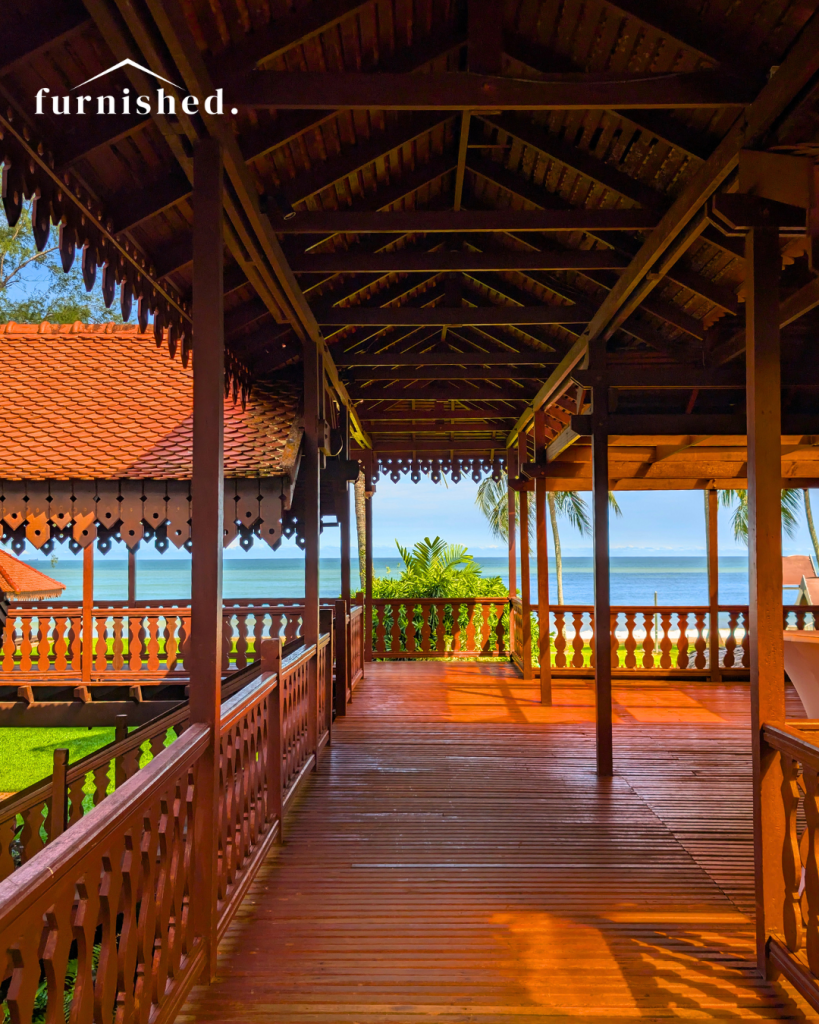
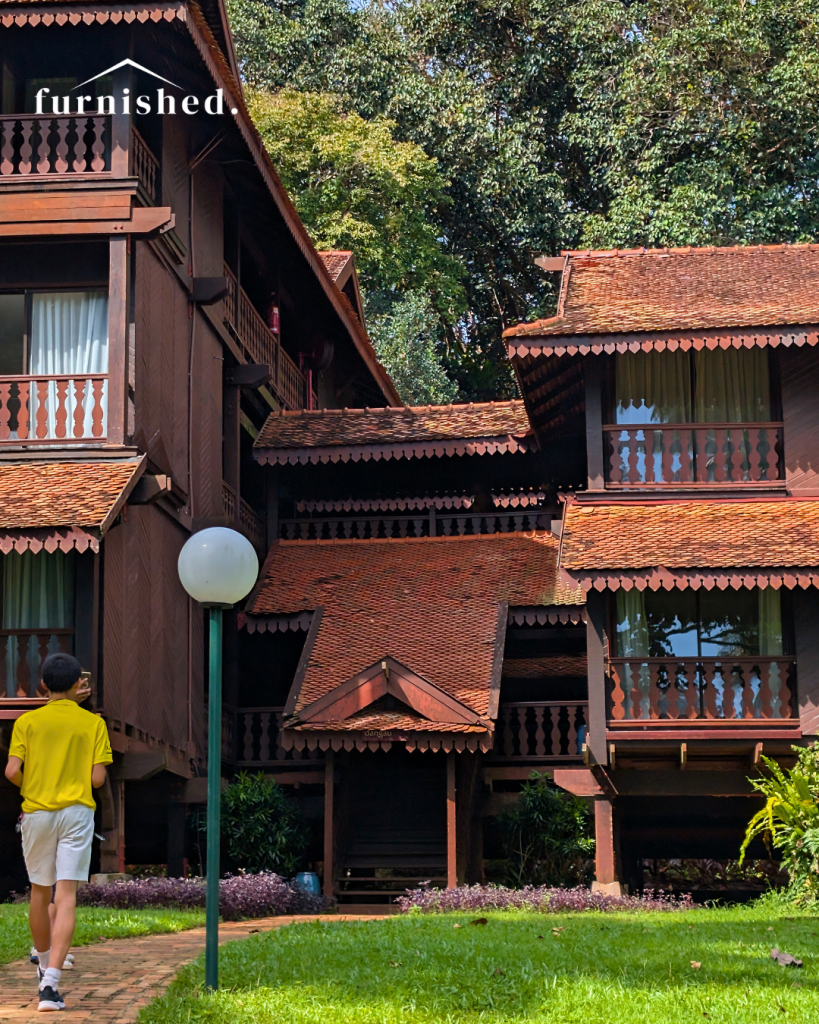
A longhouse, for the uninitiated, is like what its name suggests–a long, proportionately narrow building, usually designed for communal dwelling. It has been built in various parts of the world, one of which being Malaysia.
In Malaysia, longhouses are usually wooden structures built on stilts. It typically comprises an array of separate family rooms, sectioned off along an open social area and meeting space.
Even 45 years ago, Club Med’s vision had been clear and future-looking—they wanted to create spaces that were of a global standard, yes, but also spoke of the local culture.
A tribute to Malaysian heritage

Looking into the approach that Club Med adopts when designing its resorts, I learnt that they focused on “giving each resort a strong identity” when it comes to the architectural vision.
“Each Club Med resort reinterprets the local culture and architecture in its own way,” their own website reads. “Club Med encourages architects to make each of their projects a ‘signature’. That is, a recognisable place with a strong identity. The building confirms its architecture, whilst remaining modest in the face of the natural spectacle around it.”
This is exceptionally true when it comes to the Cherating resort. With a strong focus on kampung-style housing, the property speaks volumes about Malaysian culture and heritage.
And it’s not just the physical building aspects. Many parts of the resort such as ingredients used and staff members tap into the resort’s locality.
Built to last, with glimpses of the past
Admittedly, there are aspects of the resort that feel rather dated. Some parts of the accommodation feel… rustic and down-to-earth, might we say, especially in the bedrooms and more so in the en-suite.
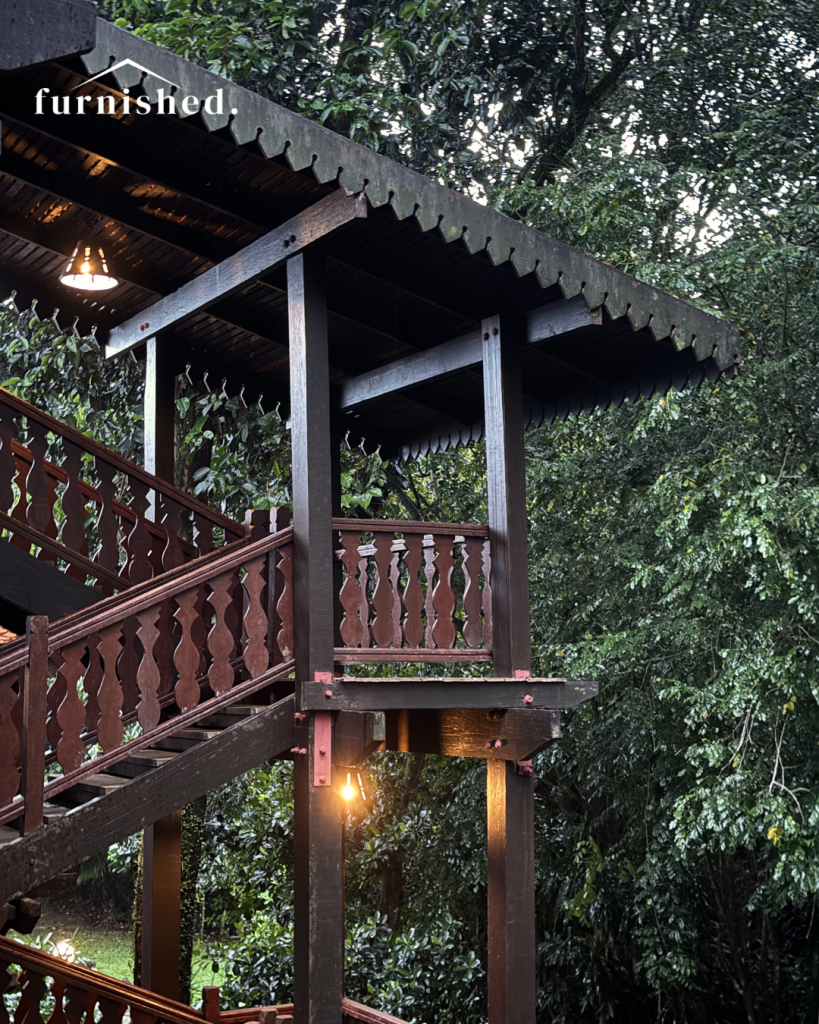
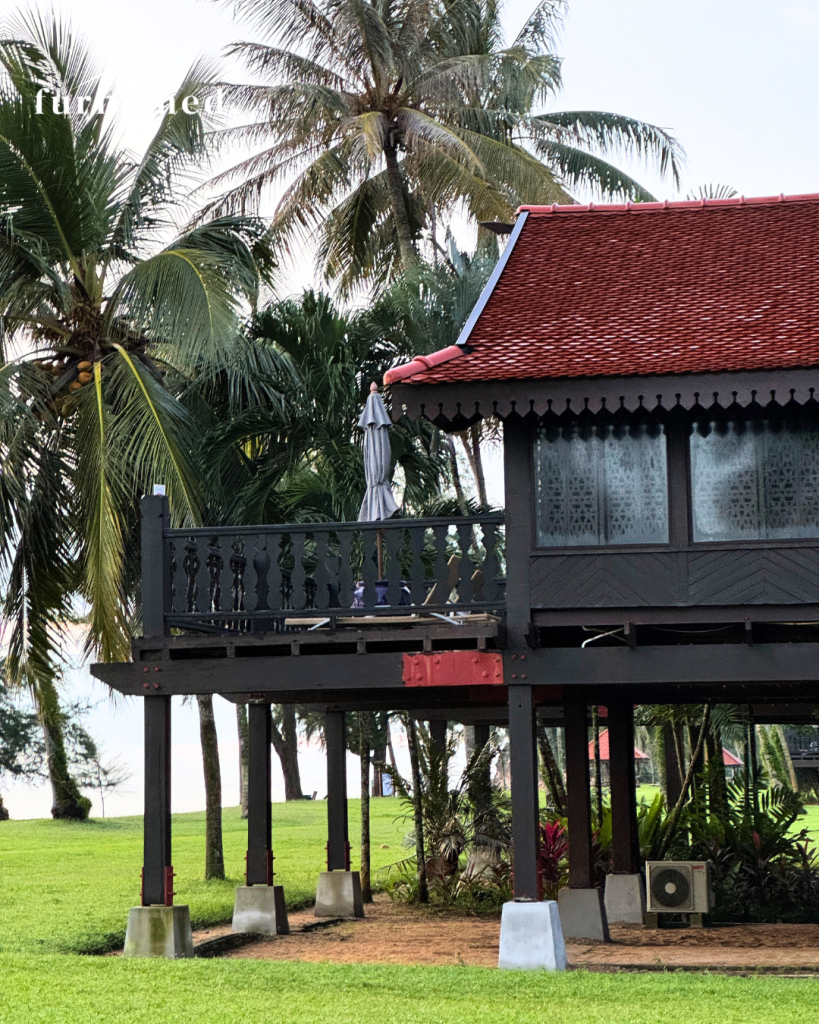
Last year, the general manager of Singapore and Malaysia, Olivier Monceau, told the media that the resort was due for an upgrade, but that the matter was “still under discussion with stakeholders and investors”.
Speaking to the team at Club Med this month, we were told that there has been no renovations to the space since, but that there were “soft renovations”, referring to things like a new paint job, light fixtures, beddings, or other small things.
But more than lounging in hotel rooms, Club Med Cherating is about galavanting outdoors. So in a way, perhaps the simplistic bedrooms encourage that.
While the interiors don’t seem to be a strong suit for the resort, the external facades of the property are definitely timeless and rich with heritage.
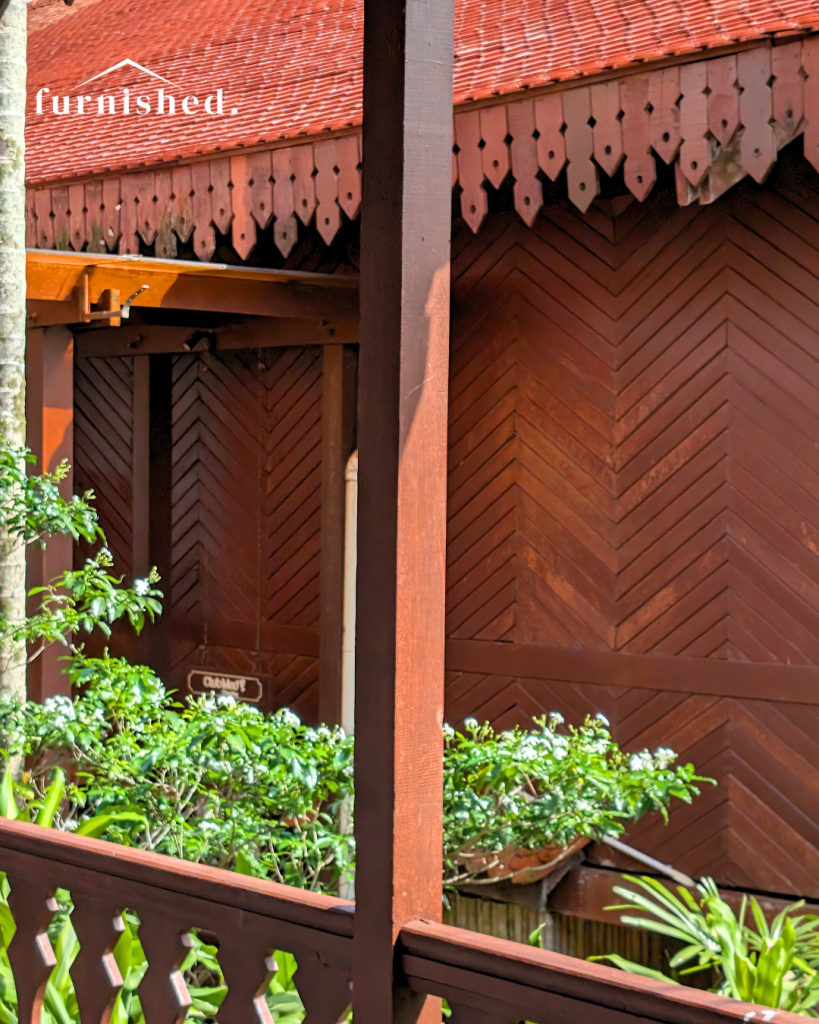
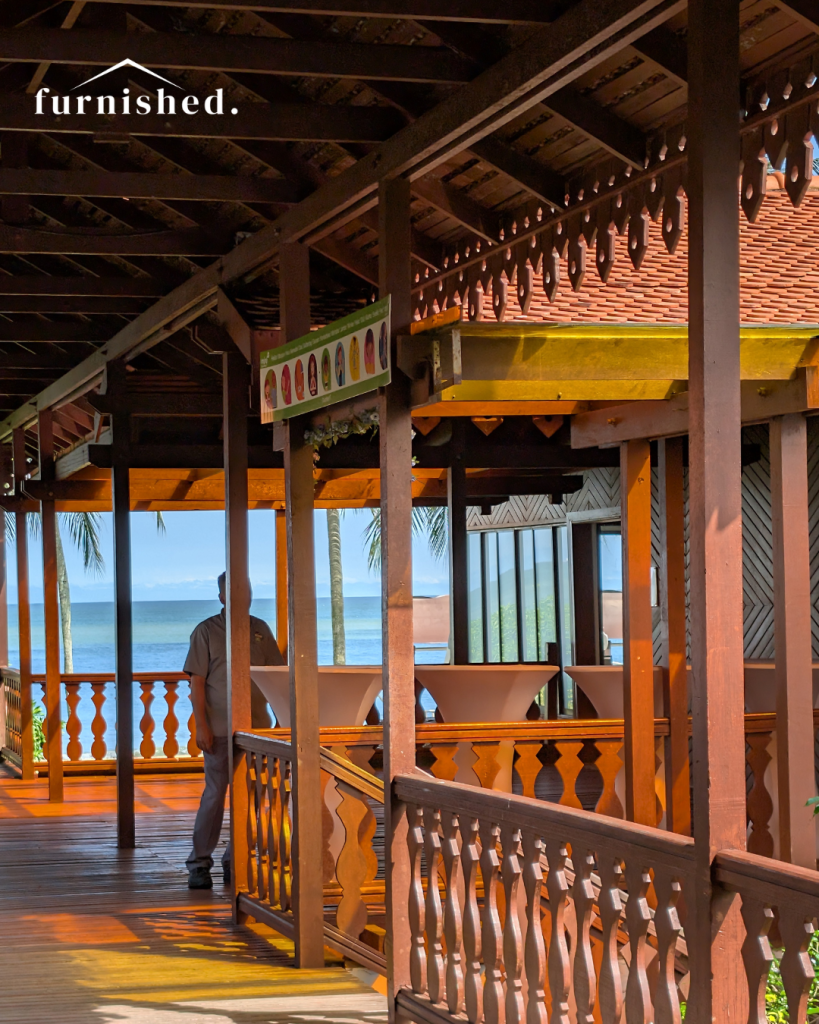
With a chevron pattern to the wood cladding, the dark-toned timber longhouses look gorgeous next to the sandy shores and glistening aquamarine waters. It has an undeniable tropical charm to it, so much so that it feels like you’re staying in a piece of Malaysian history.
And with it being 45 years old, we suppose it truly is.
What’s next for Club Med in Malaysia?
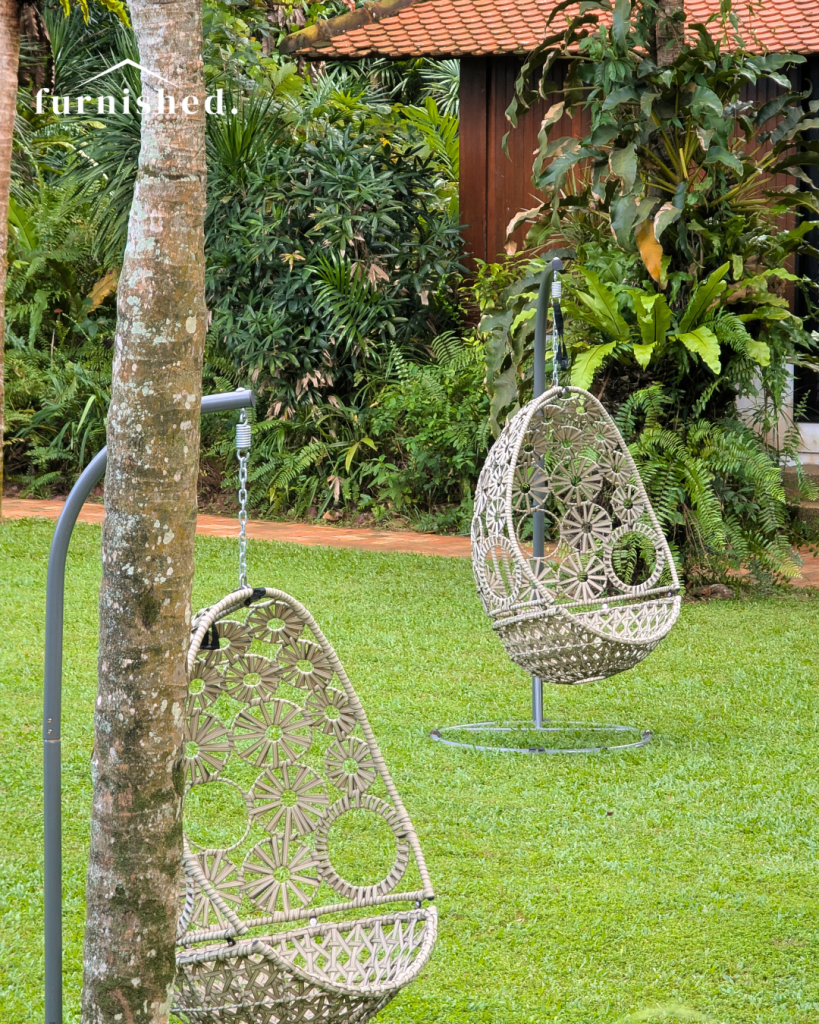
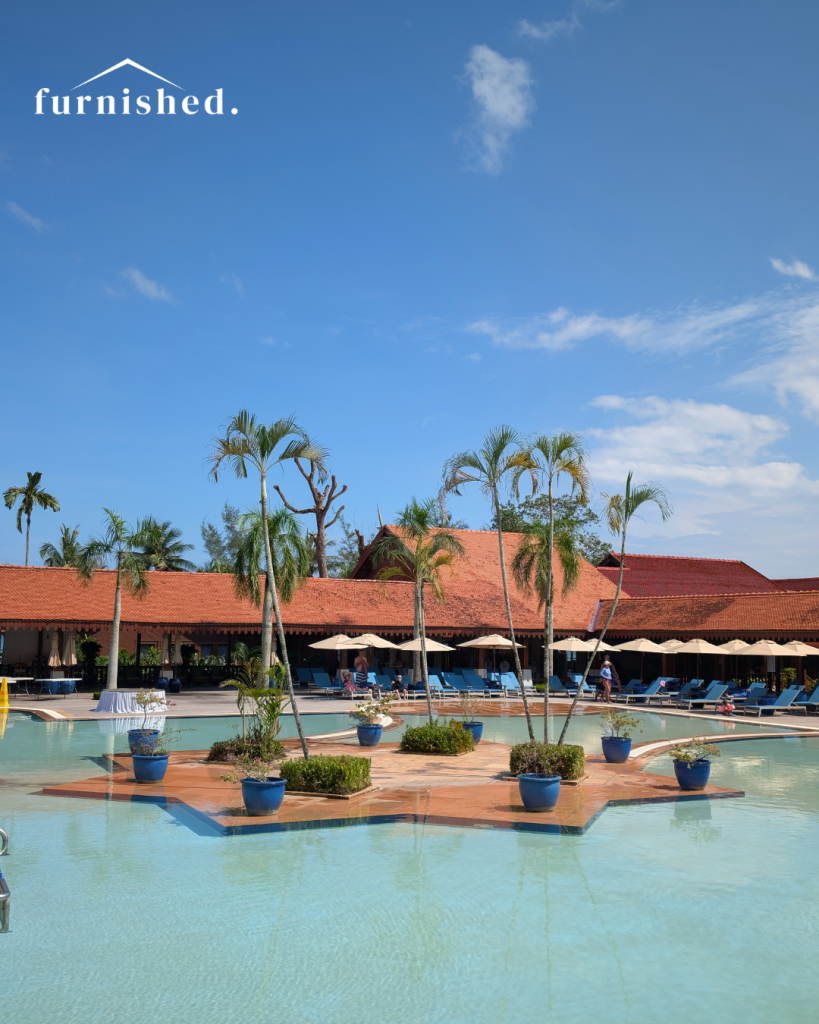
For a while now, Club Med has been talking about its second Malaysian resort, which will be located in East Malaysia.
Specifically, it’ll be in Kuala Penyu, some 90 minutes from Kota Kinabalu. There hasn’t been too much said about this resort just yet. One thing we do know, though, is that it’ll focus a lot on sustainability.

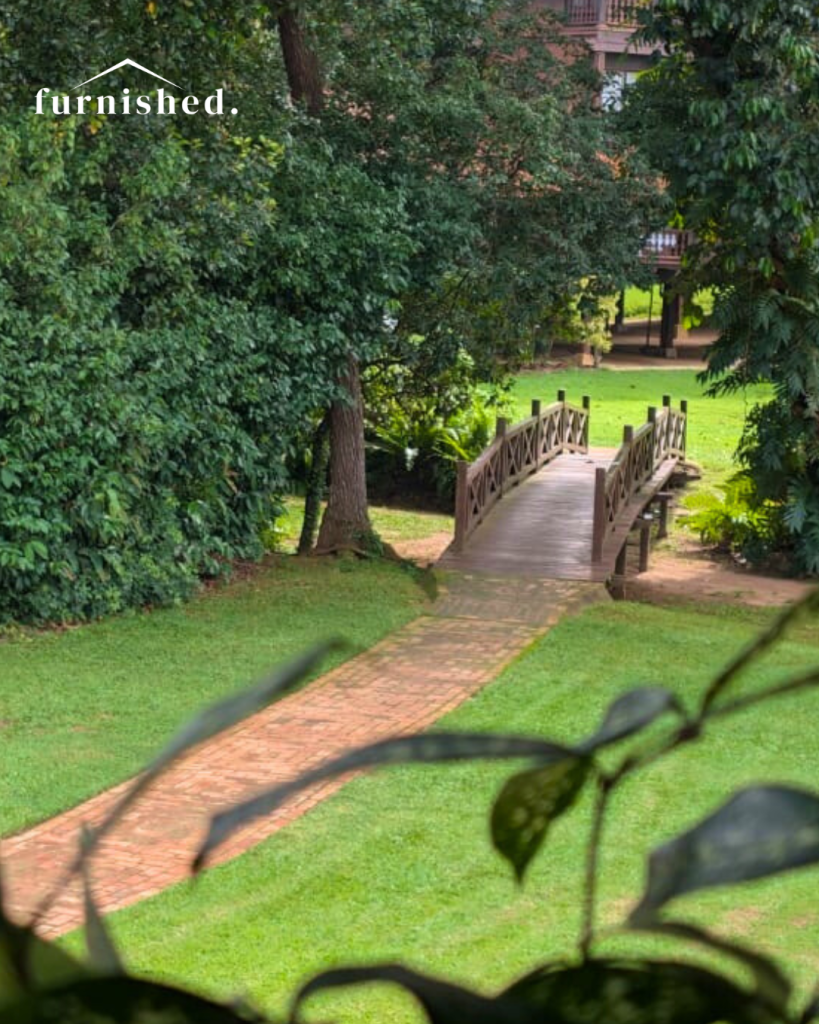
In fact, it’ll be the first large-scale sustainably built and BREEAM-certified beach resort in Asia-Pacific.
BREEAM (Building Research Establishment Environmental Assessment Method) is a voluntary green building sustainability rating system that was established in the UK. Considered as a world-leading sustainability assessment method, it’s a globally recognised and respected benchmark.
Knowing how Club Med approaches its resorts, we’re excited to see what the upcoming property may hold. While the environmental sustainability is commendable, we hope that the property will be sustainable in the other aspect, too, much like its Cherating counterpart.
Learn more about Club Med Cherating here.
Also Read: 8 interesting yet little known facts about Merdeka 118, Malaysia’s tallest building

